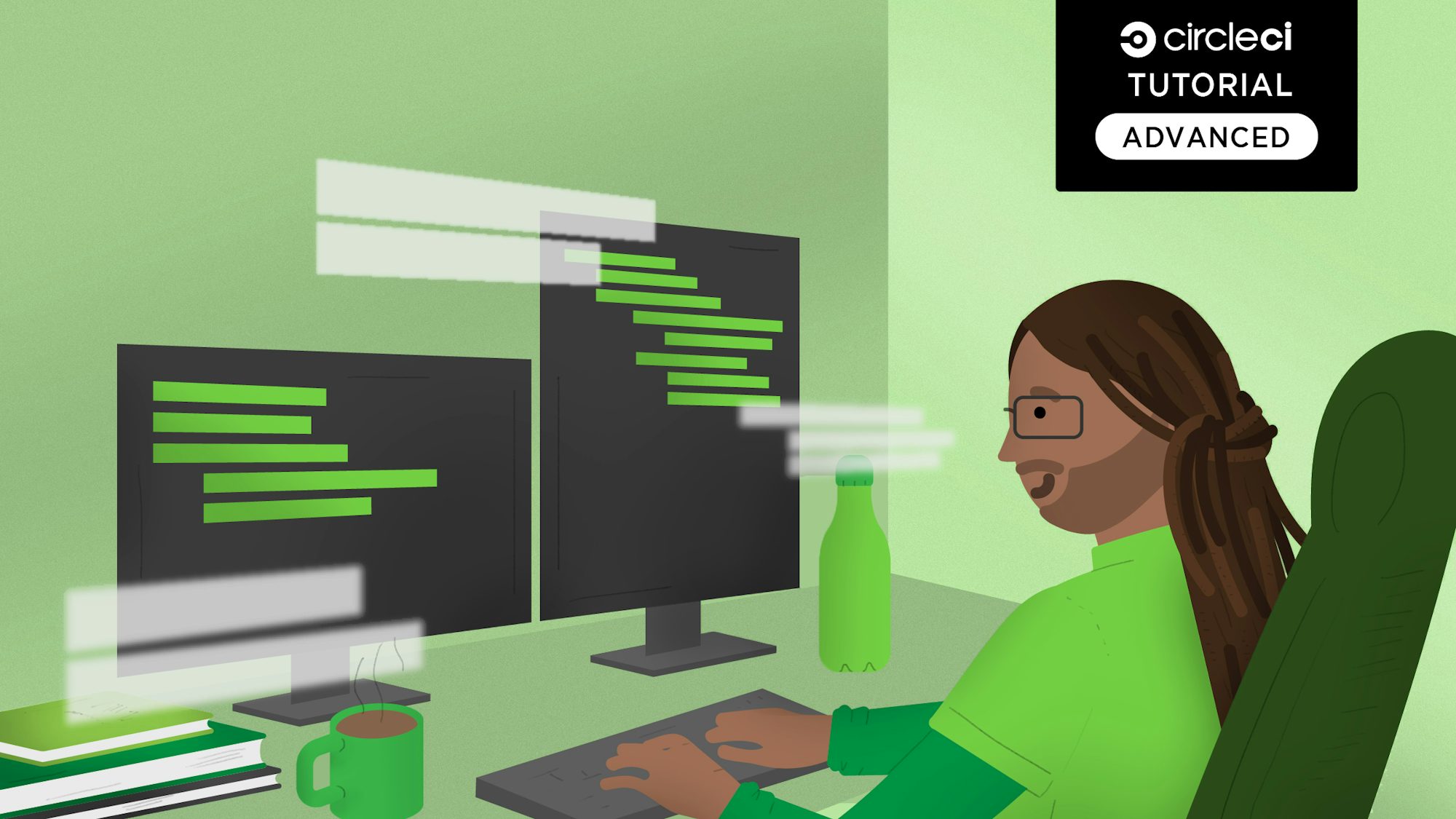
From time to time, we receive questions from our contributors and readers about how the content on our blog is licensed. It has always been our intent that the content on our blog be used by readers with limited restrictions. Today, we’re updating our blog licensing terms to explicitly address how the content posted here is licensed so that our readers can make better use of it.
Other than the CircleCI trademarks, all writing on the CircleCI Blog is licensed under the Creative Commons Attribution 4.0 International (CCY BY 4.0) license unless otherwise noted. All software code, including code snippets, posted on the CircleCI Blog are licensed under the Apache License, Version 2.0 unless otherwise noted.
We provide code samples to our readers in order to help them solve common bottlenecks, to highlight novel solutions, and to introduce the integration of new features. We fully expect them to be copied and used by our readers. For example, below is a configuration file snippet for a project that shows how to use cURL in a job in your pipeline to communicate with the Bintray REST API. It makes sure that the service is operational, and if it is not, it uses logic to fail and exit the job.
...
- run:
name: Get Bintray API status
command: |
BT_STATUS=$(curl -s https://status.bintray.com/api/v2/status.json | jq --raw-output '.status.description')
echo “Bintray API Status: $BT_STATUS”
if [ “$BT_STATUS” != “All Systems Operational” ]; then
echo “Error [Bintray API Status: $BT_STATUS]”
exit 1
fi
...
Feel free to use this code and adjust it to fit your needs!
We hope that these licensing terms clarify how the content on our blog can be used, but feel free to reach out to us @CircleCI with any questions.





